Glasgow’s stills are running once again. A spotlight illuminates this black text on a spartan white wall at Clydeside Distillery, Glasgow’s newest distillery. The phrase is pure confidence, excitement, and optimism for what appears to be the beginning of a distillation Renaissance in Scotland’s largest city. With Clydeside Distillery’s opening in late 2017 and the employ of my pal, David Hogg, whom I met at Strathearn Distillery, I vowed to accept serendipity and learn a nip about this beautiful, small single malt distillery on the banks of the great River Clyde.
Once upon a time Glasgow was a behemoth of shipbuilding and distilling — the city was home to more than 20 distilleries! The Clydeside Distillery knits together these two historic threads for the distillery stands in an old pumphouse on the site of the 19th-century Queen’s Dock. This dock was used by none other than Customs and Excise to keep tabs on the whisky flowing in and out of Glasgow, and while the 20th century was a dark time for Glaswegian distilling, the 21st century has dawned with a renewed focus on Glasgow’s industrious past.
Clydeside Distillery is the culmination of founder Tim Morrison’s dreams. He wanted to bring distilling back to Glasgow, to put the Dear Green Place back on the single malt map, and in late 2017 he gave that desire wings. Clydeside distillery is no start-up. It’s a well-funded, kitted out, and beautiful distillery with the backing of the Morrisons, one of Scotland’s most venerable whisky barons with strong ties to Morrison Bowmore, A.D. Rattray, Auchentoshan Distillery, and Glen Garioch Distillery.
The location of Clydeside Distillery along the River Clyde in Glasgow’s West End is a perfect bit of irony. The distillery’s location — that old pumphouse and Queen’s Dock — was actually built by Morrison & Mason, Tim Morrison’s great-grandfather’s company. Apparently that was news even to him!

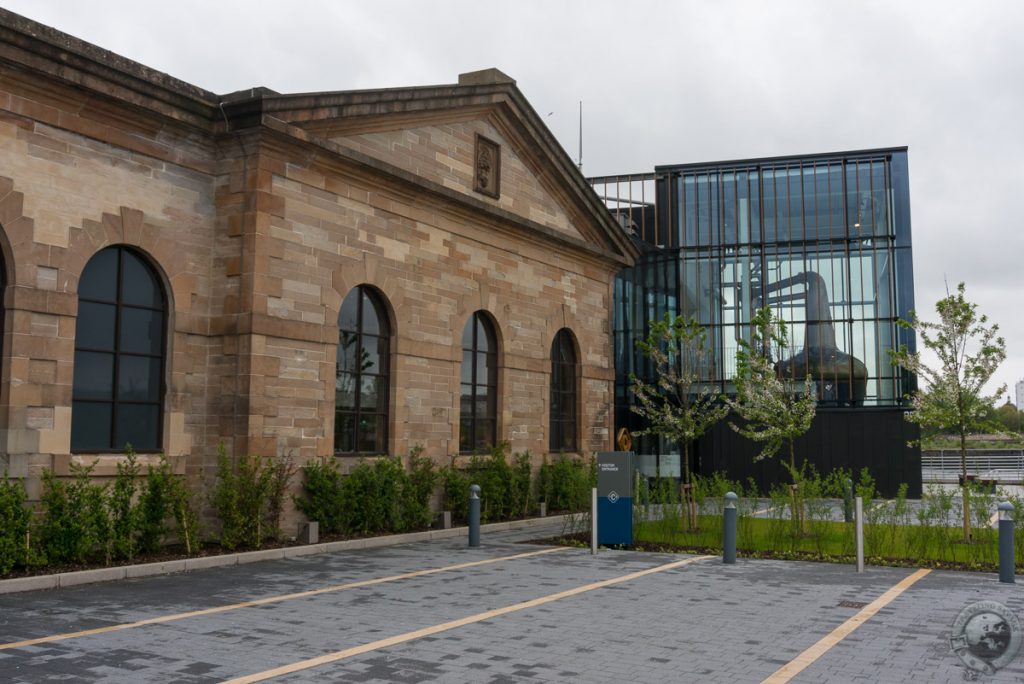
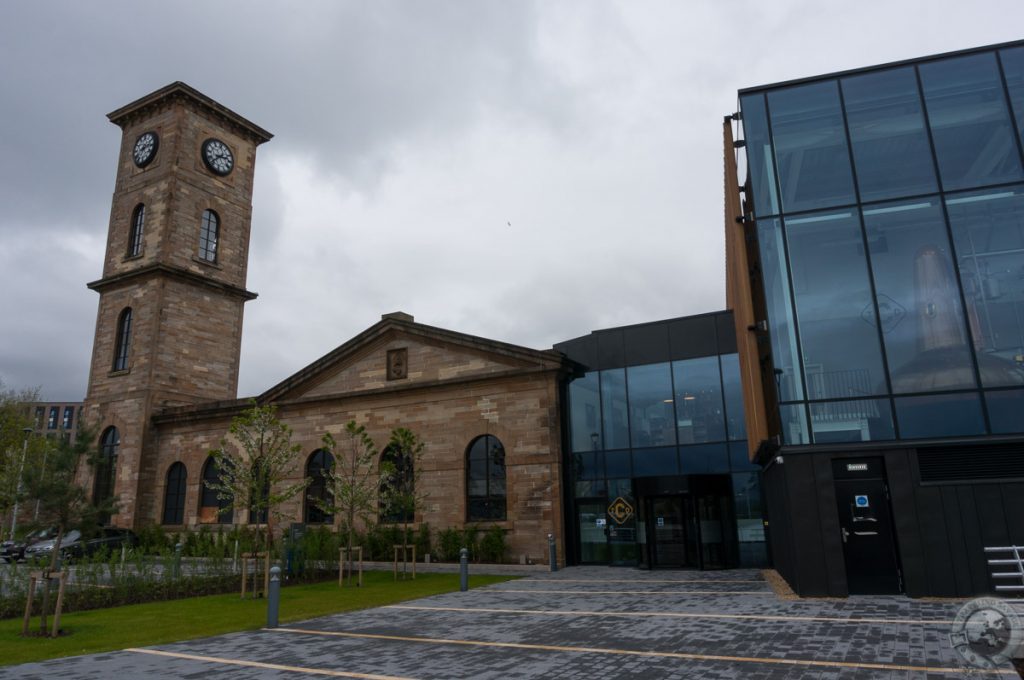
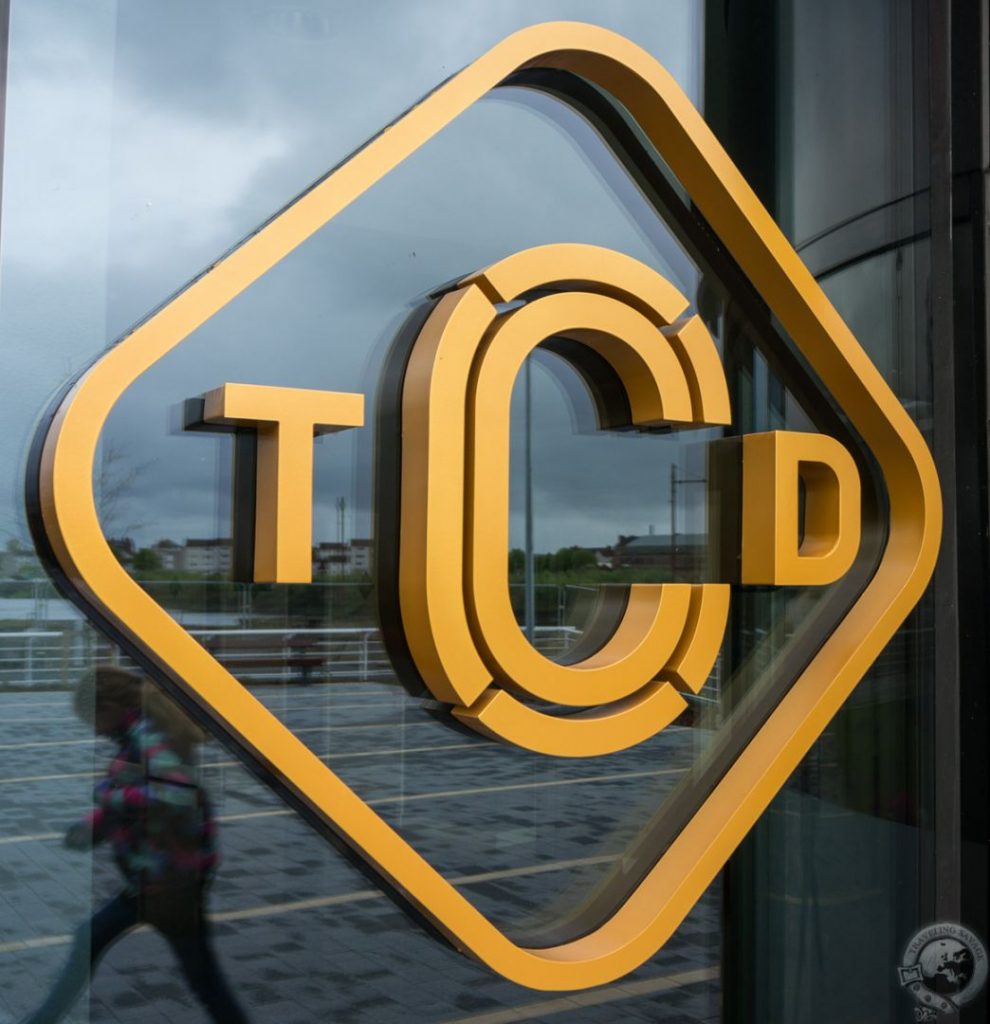
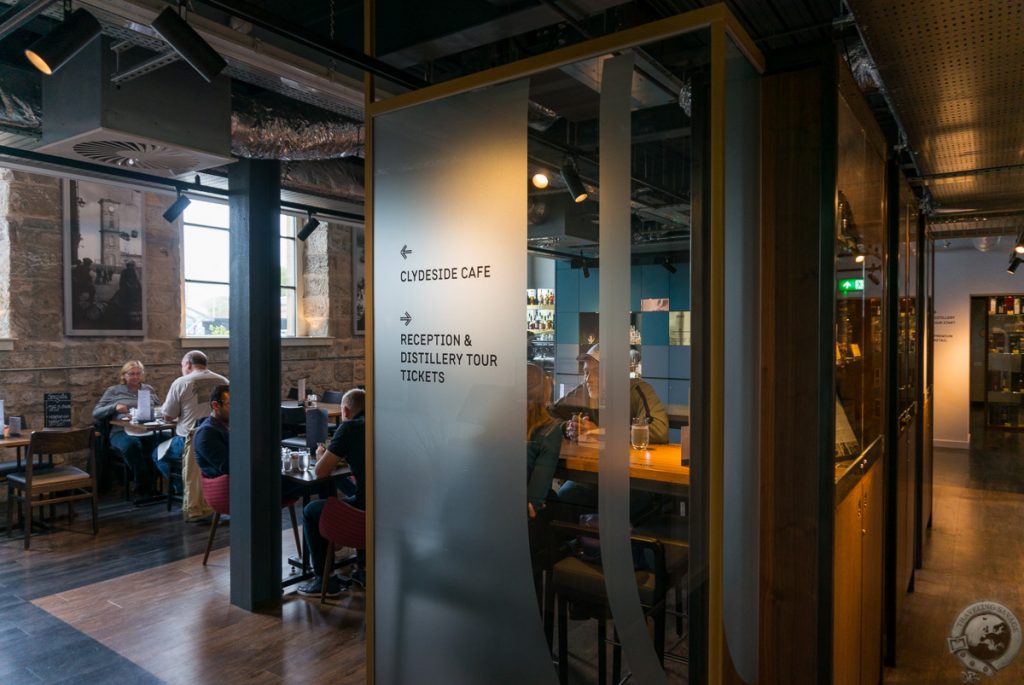
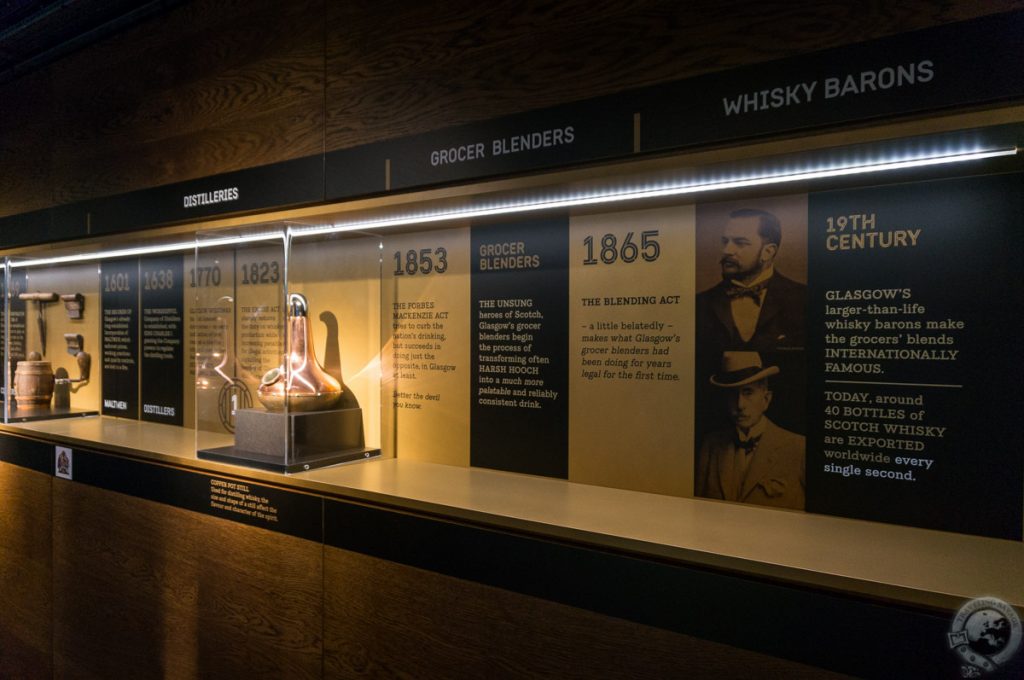
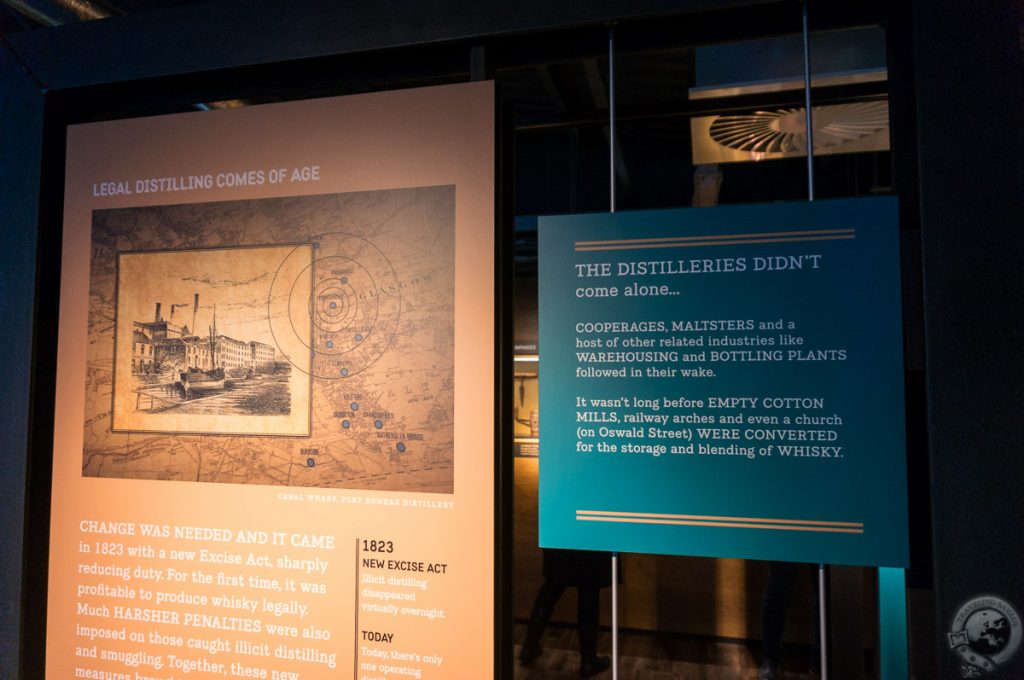
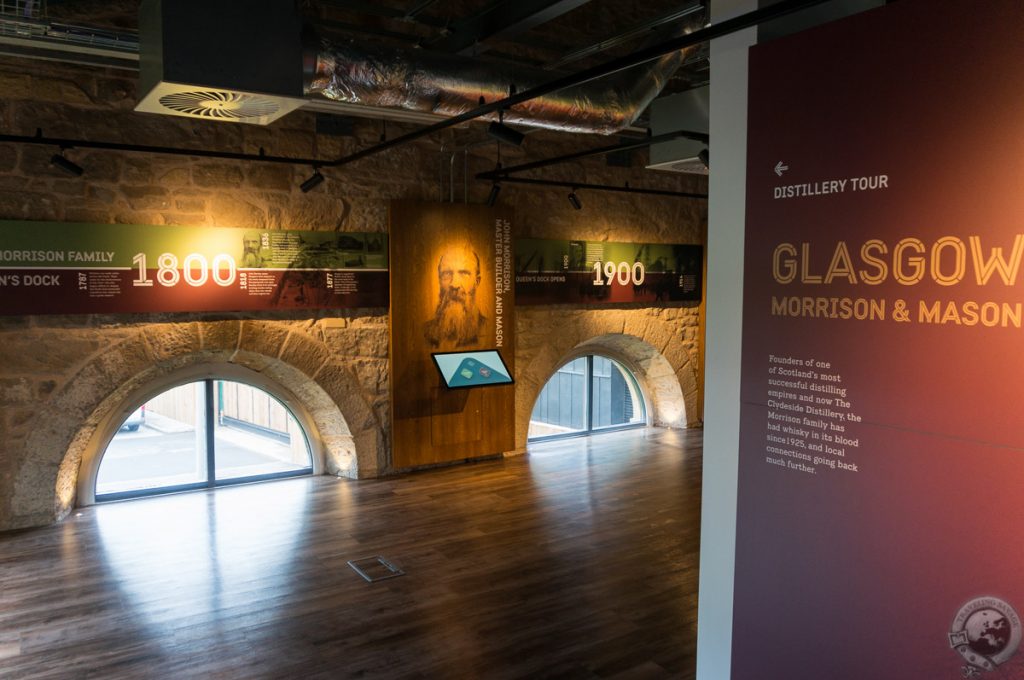
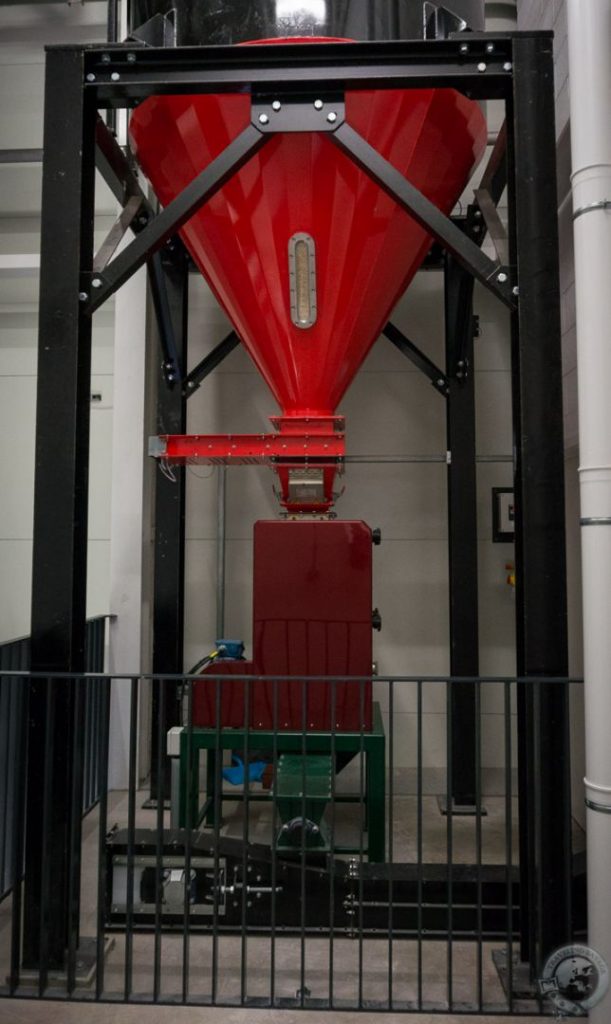
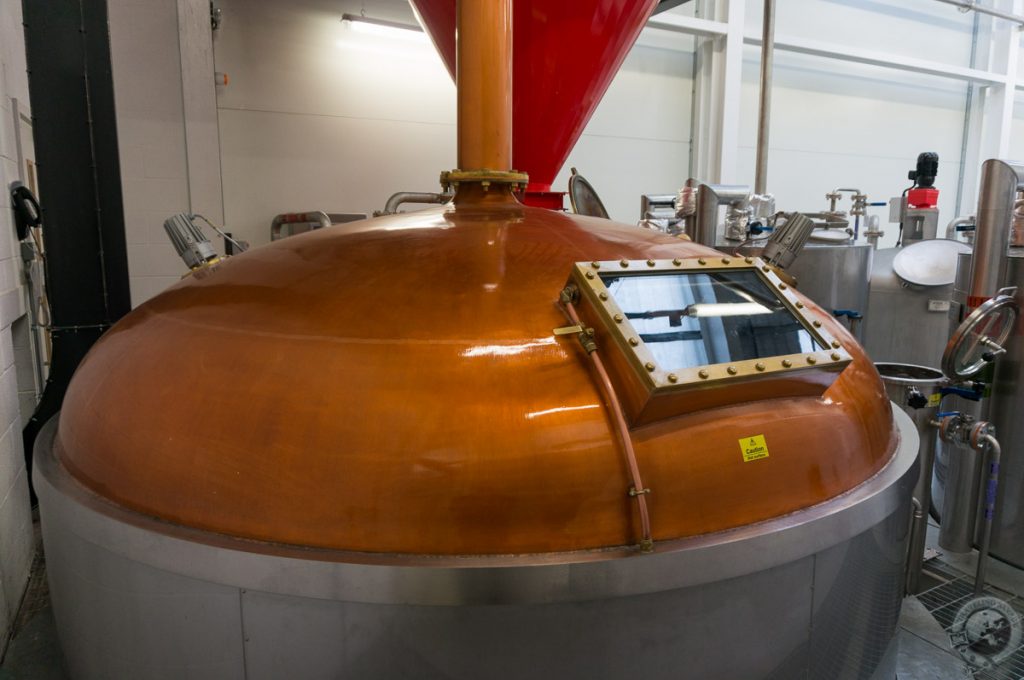
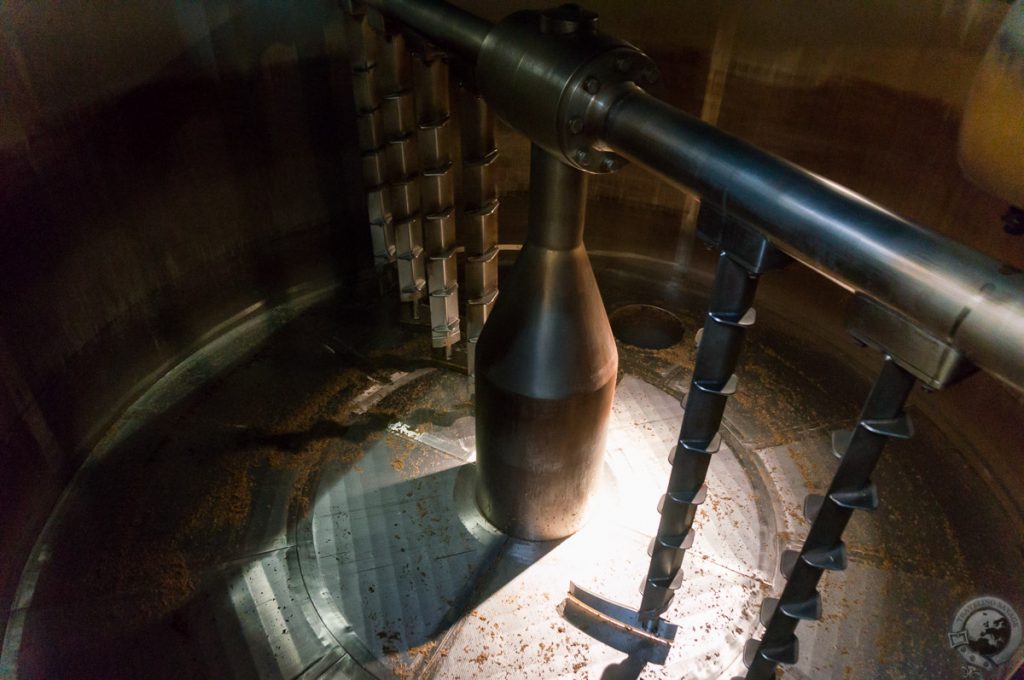
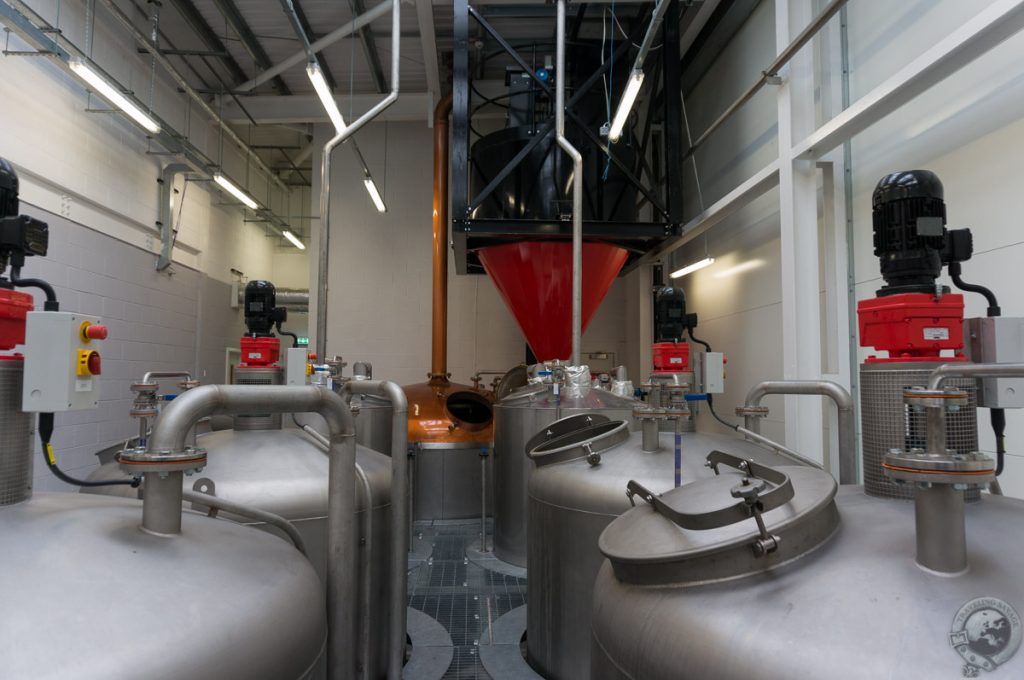
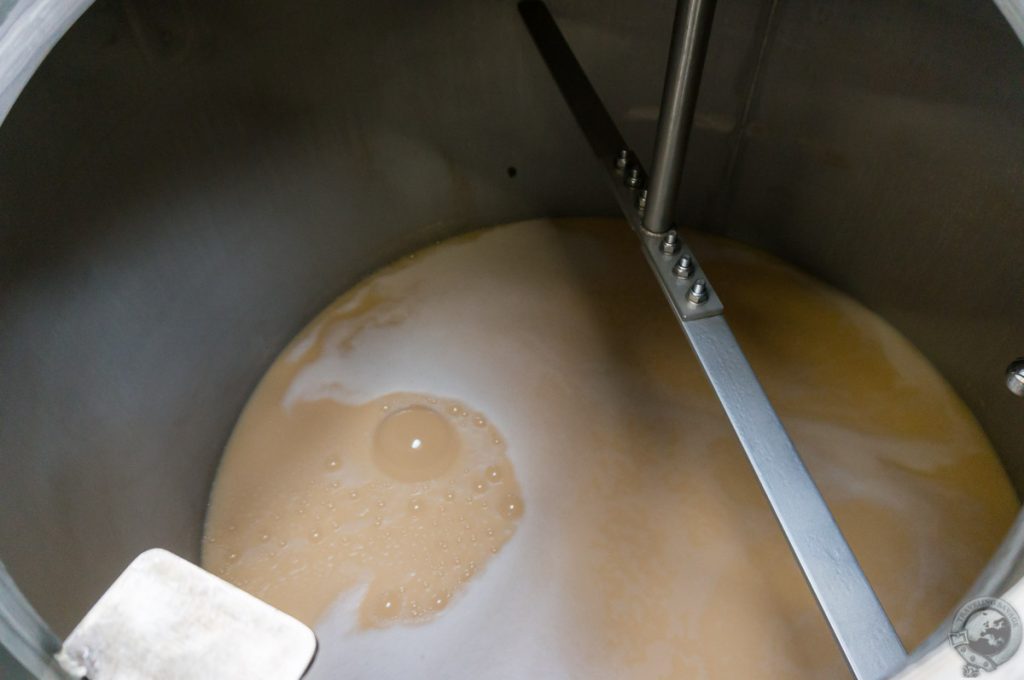
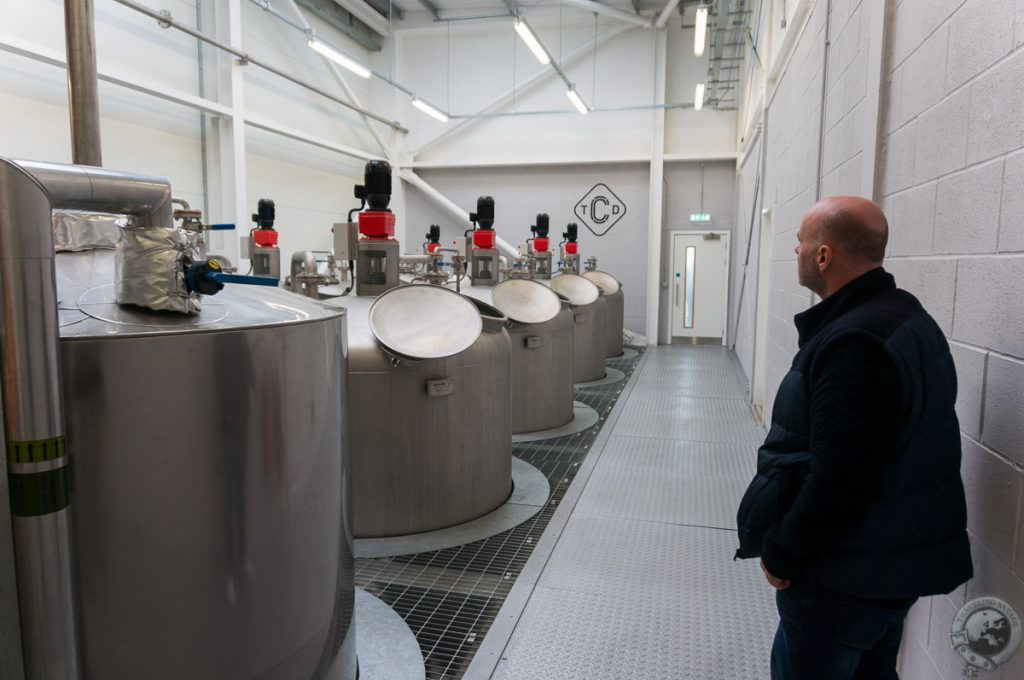
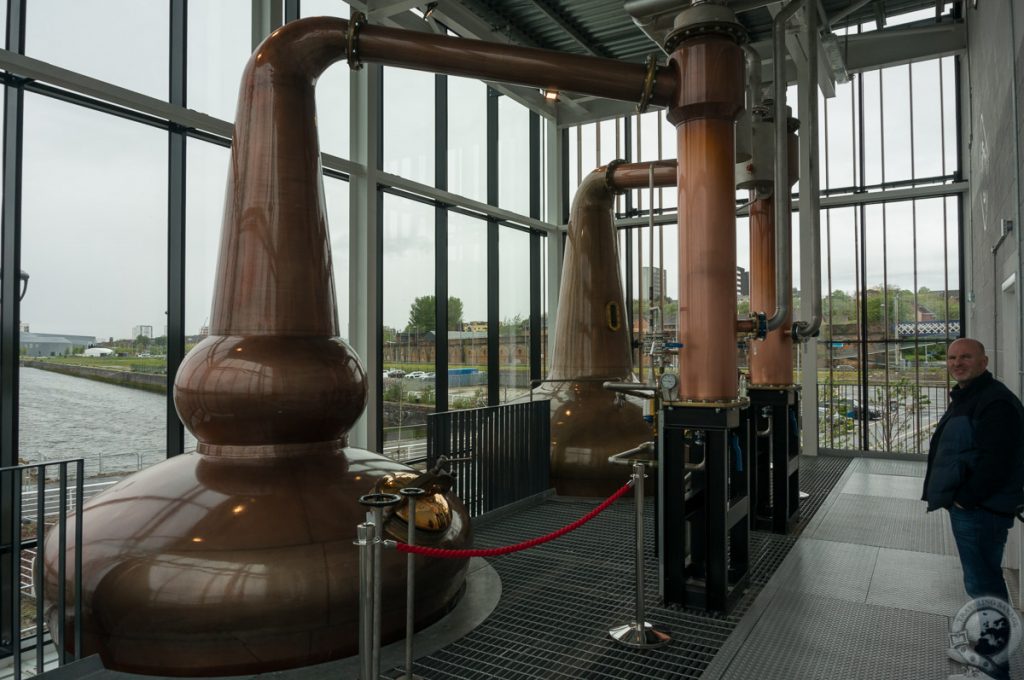
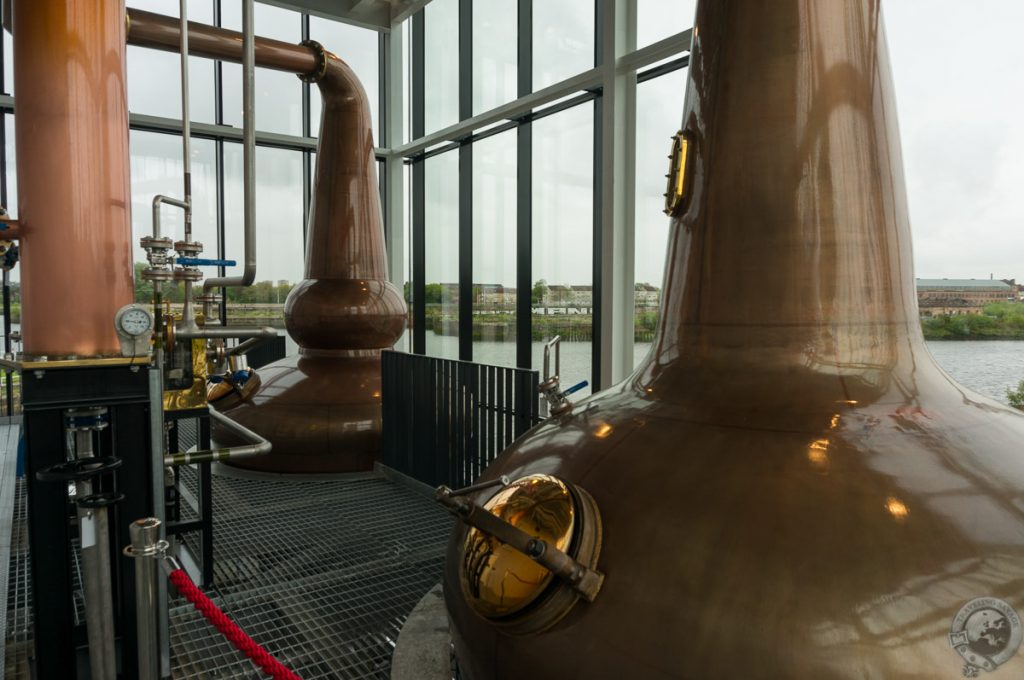
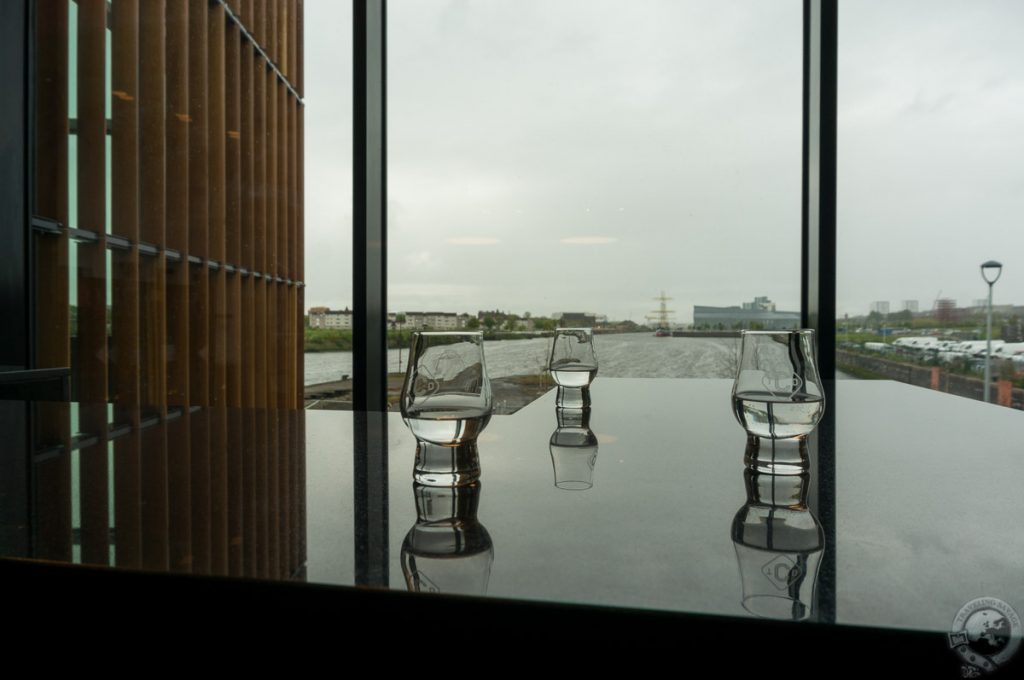
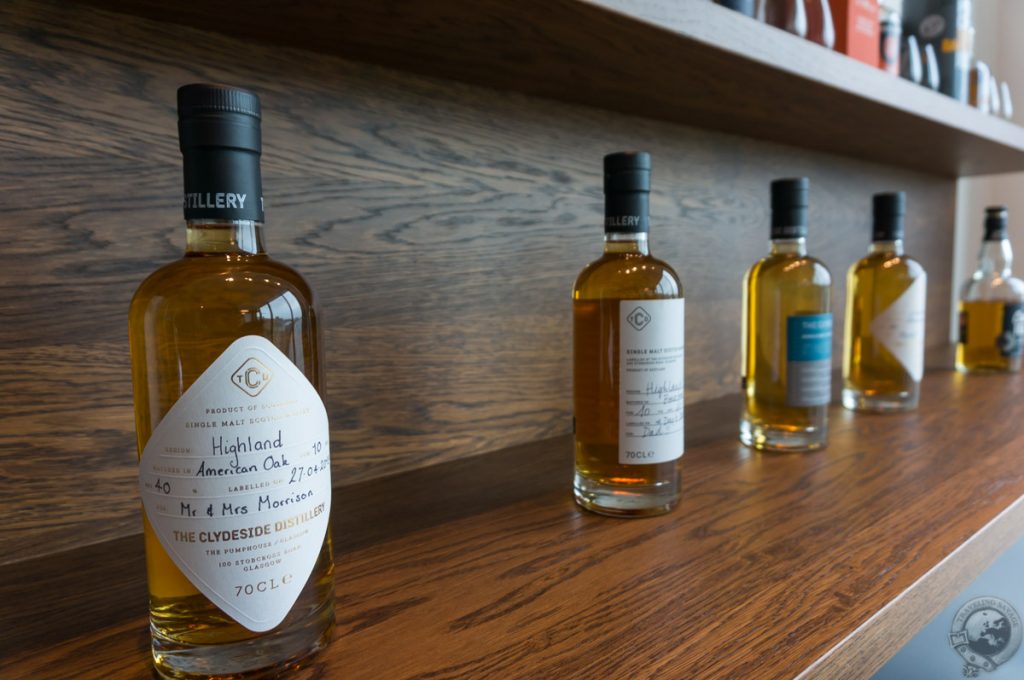
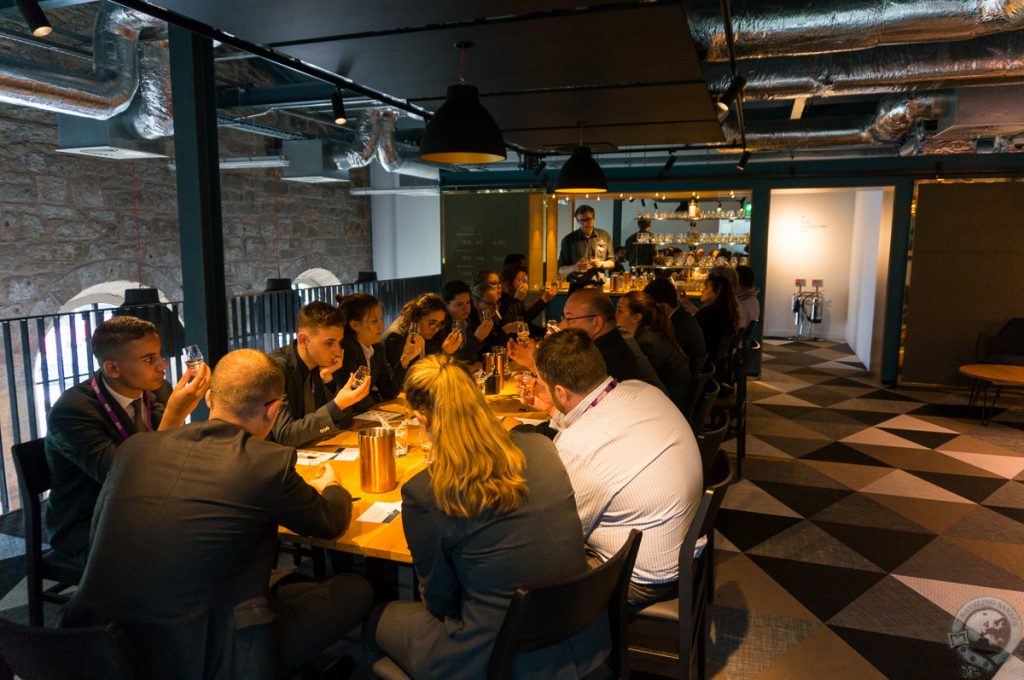
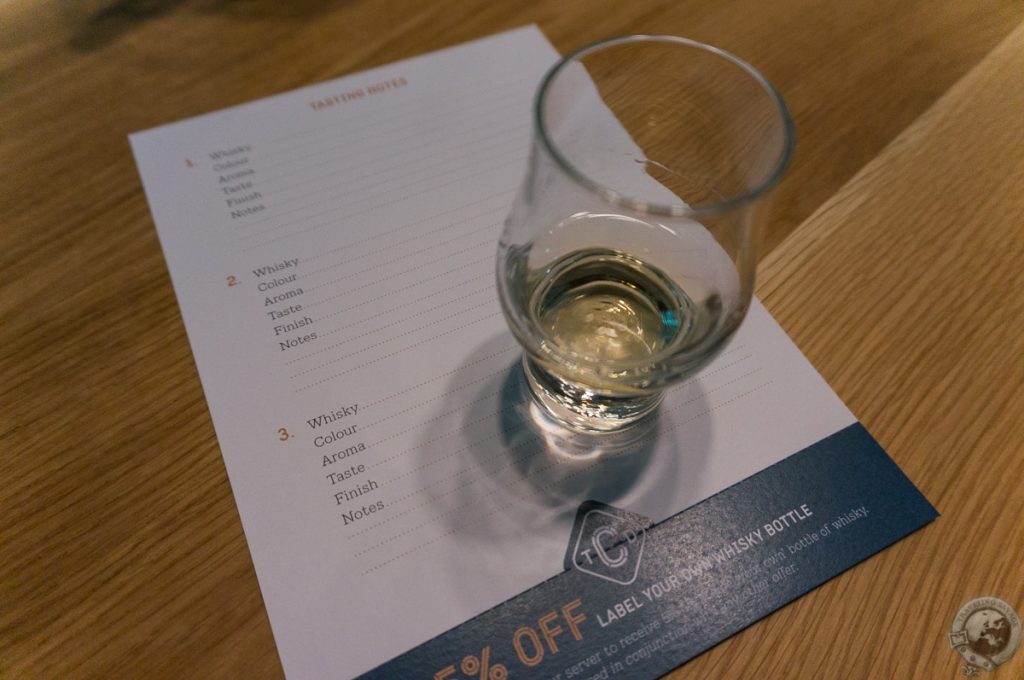
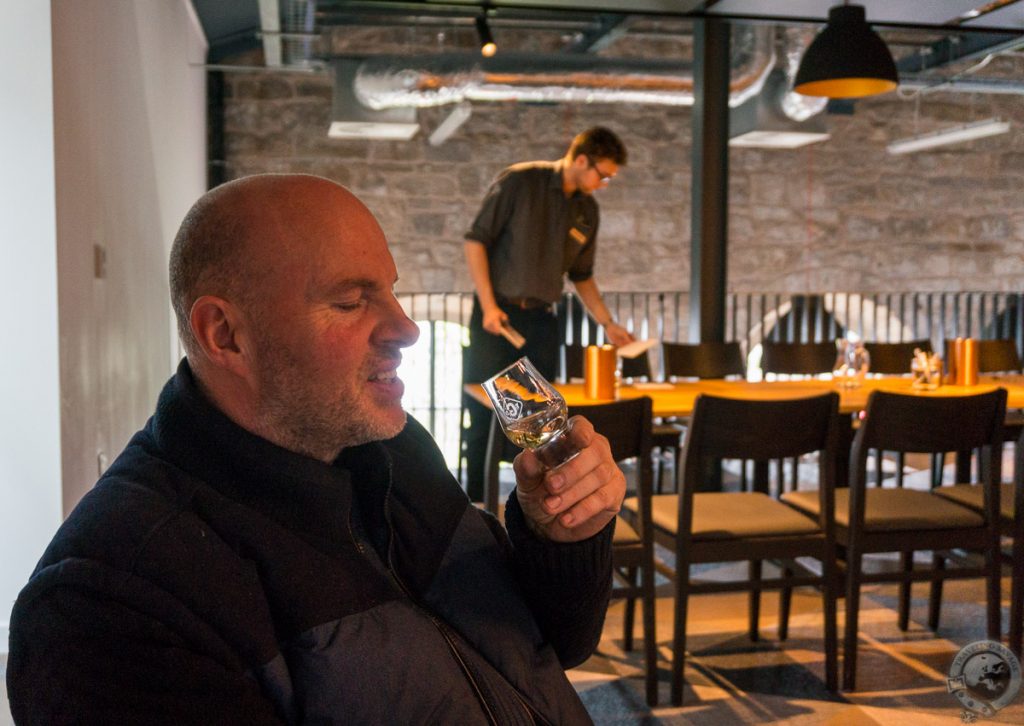
Glad to know whisky is back in Glasgow! Since you’ve mentioned ‘Angel’s Share’ in your text, I cannot resist mentioning the wonderful film by Ken Loach about whisky–among other things–called ‘Angel’s Share’. I would recommend it for any whisky drinker or movie lover.
I do enjoy the new site as well–great photos!
Douglas
It’s a great movie, Douglas. Thanks for reminding me of it!
Haven’t been on the site in a while and must say the re-launch is stunning. Your pictures really pop with the new format. Especially like these distillery pictures with the beautiful copper stills.
Thanks Mark, glad you’re enjoying the relaunch. I agree, the massive photos really take the site to a new level!